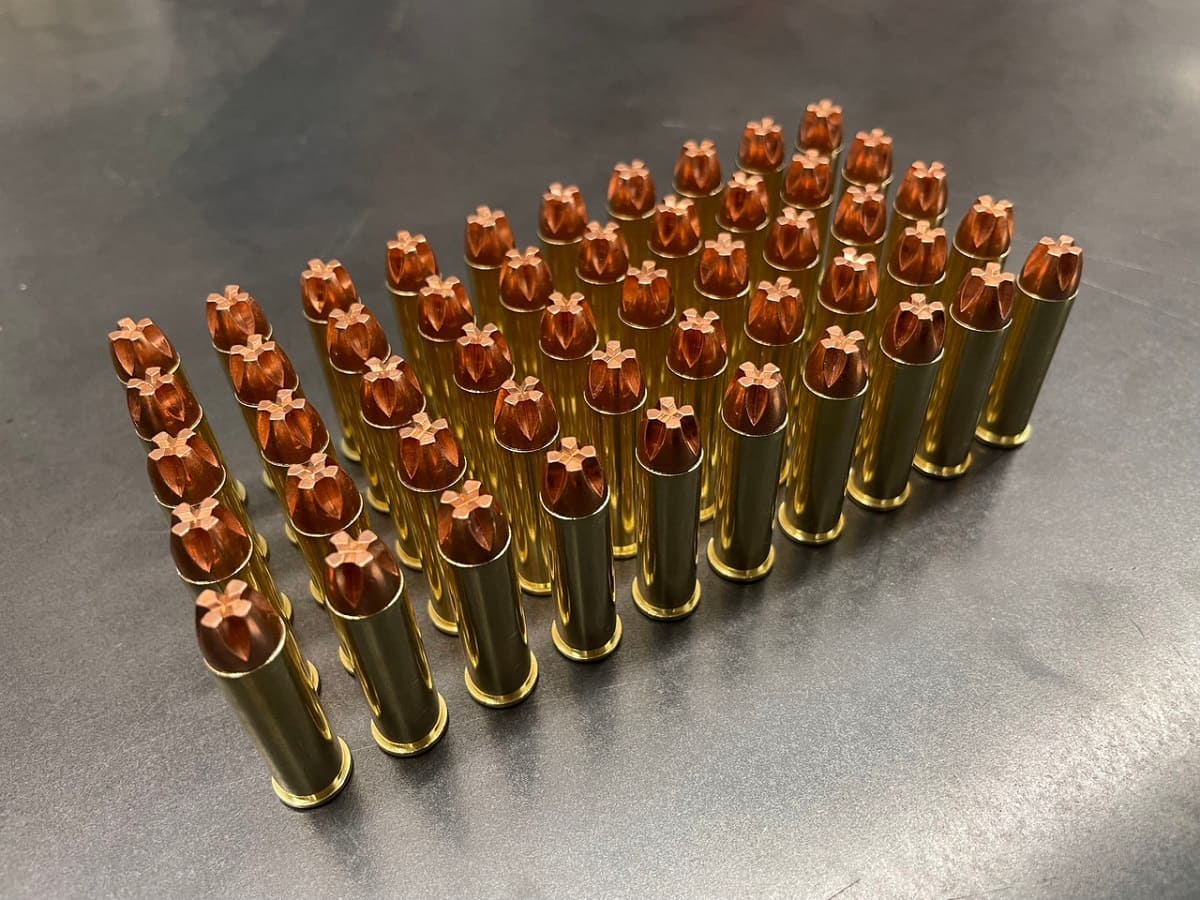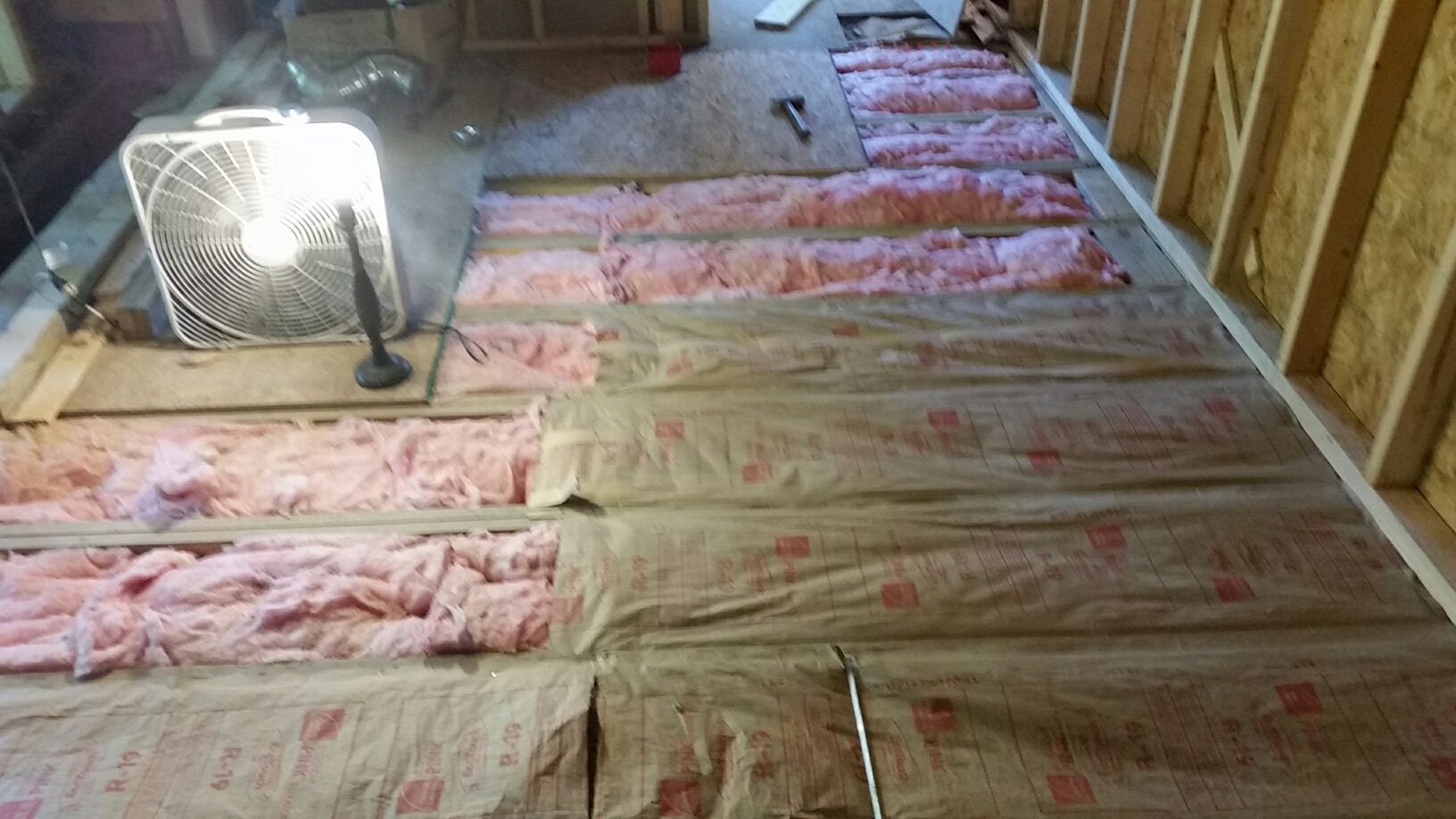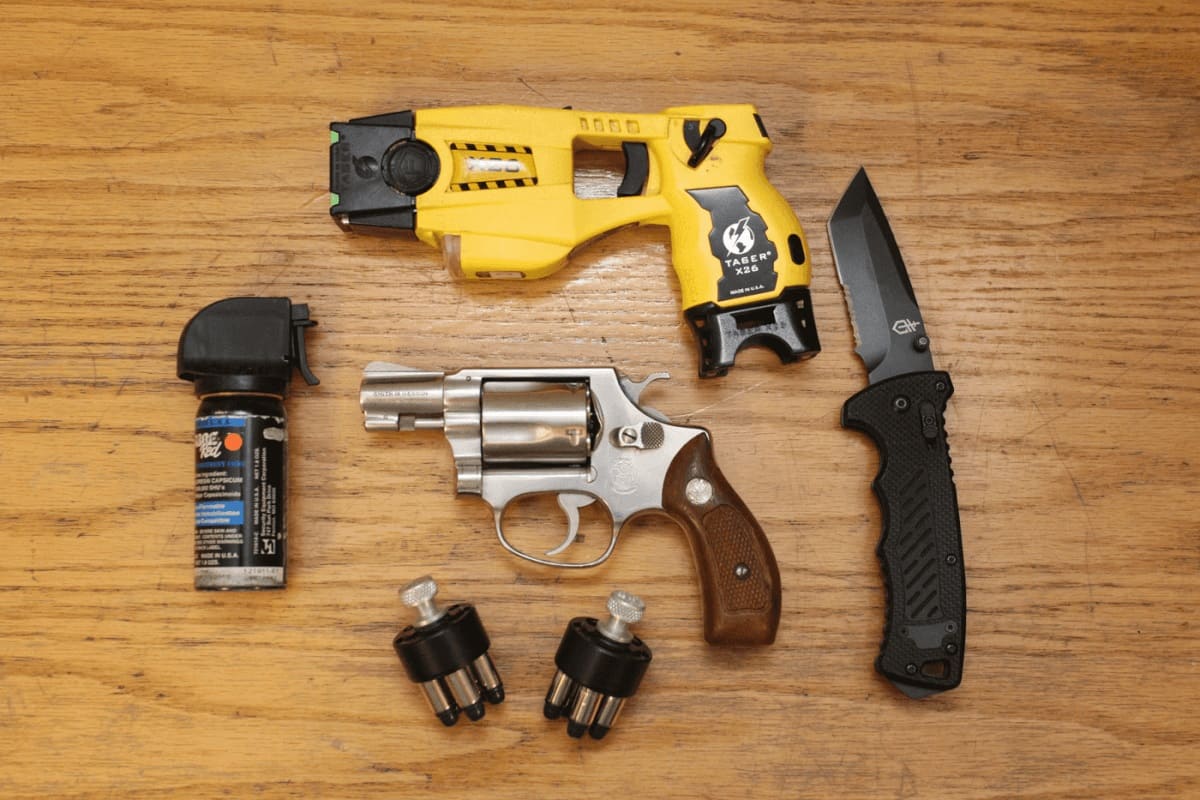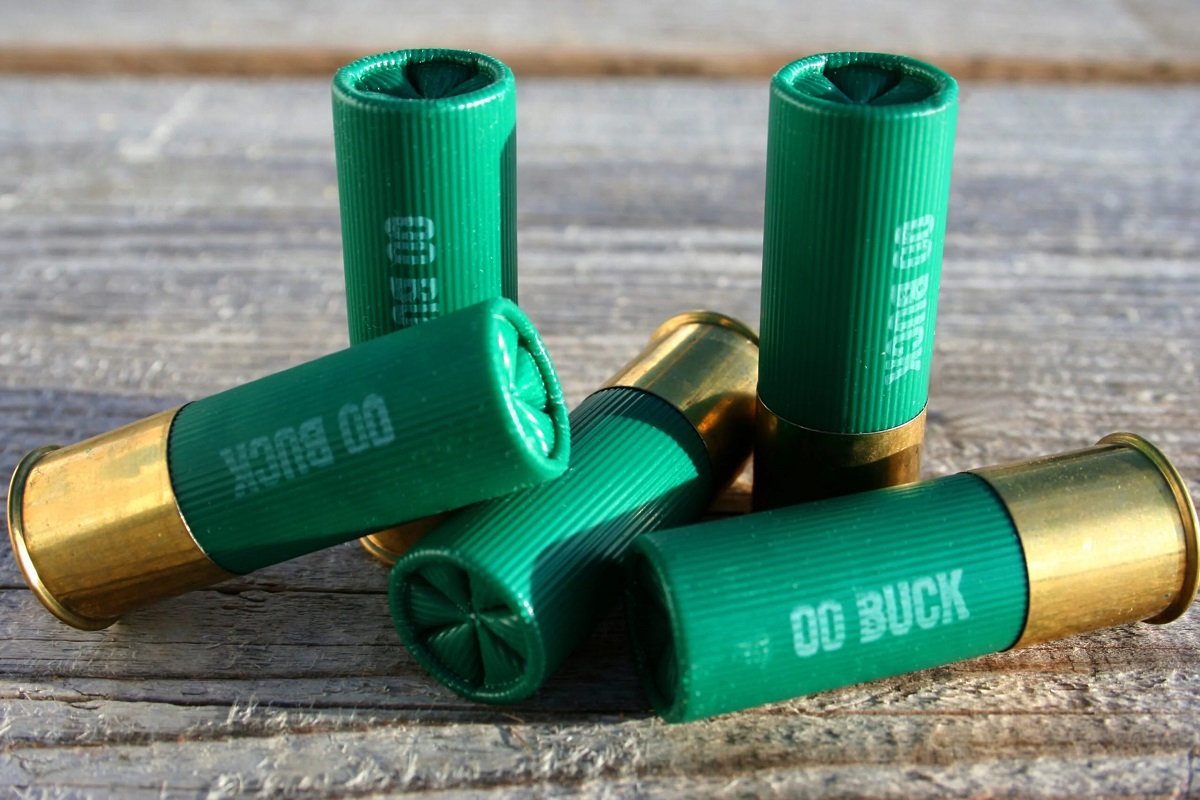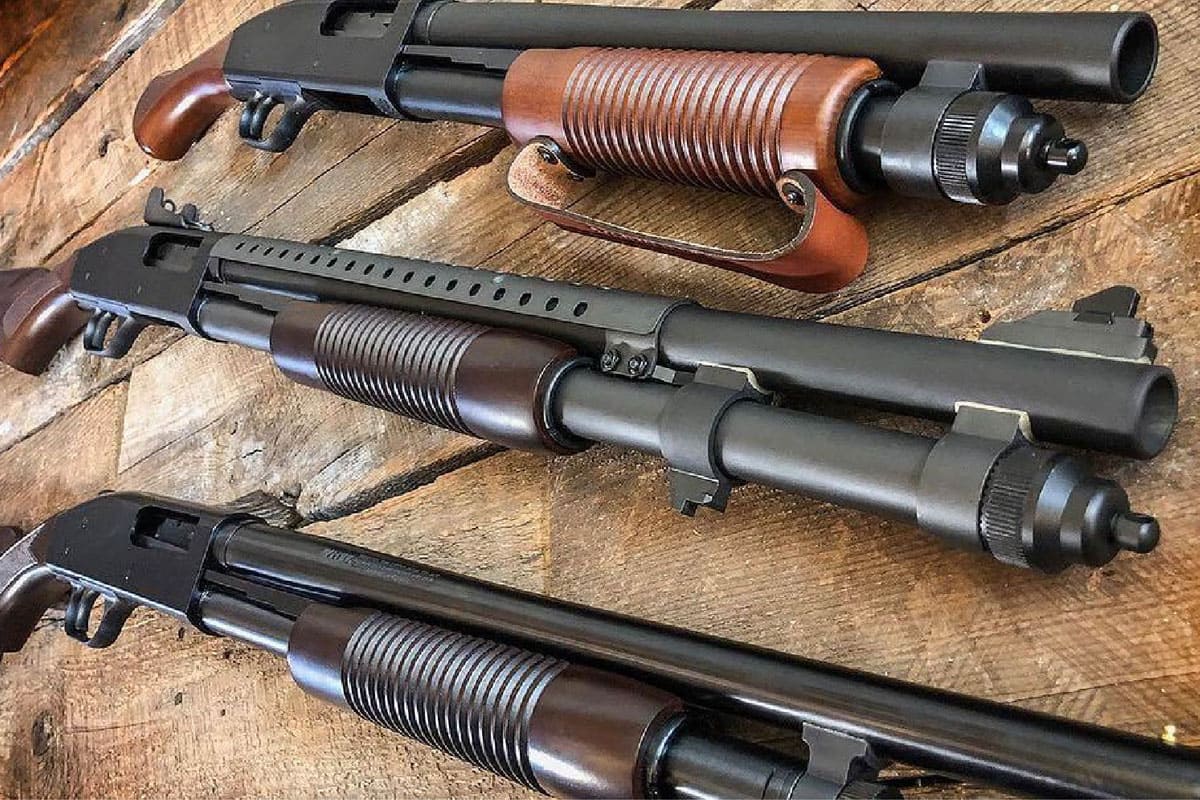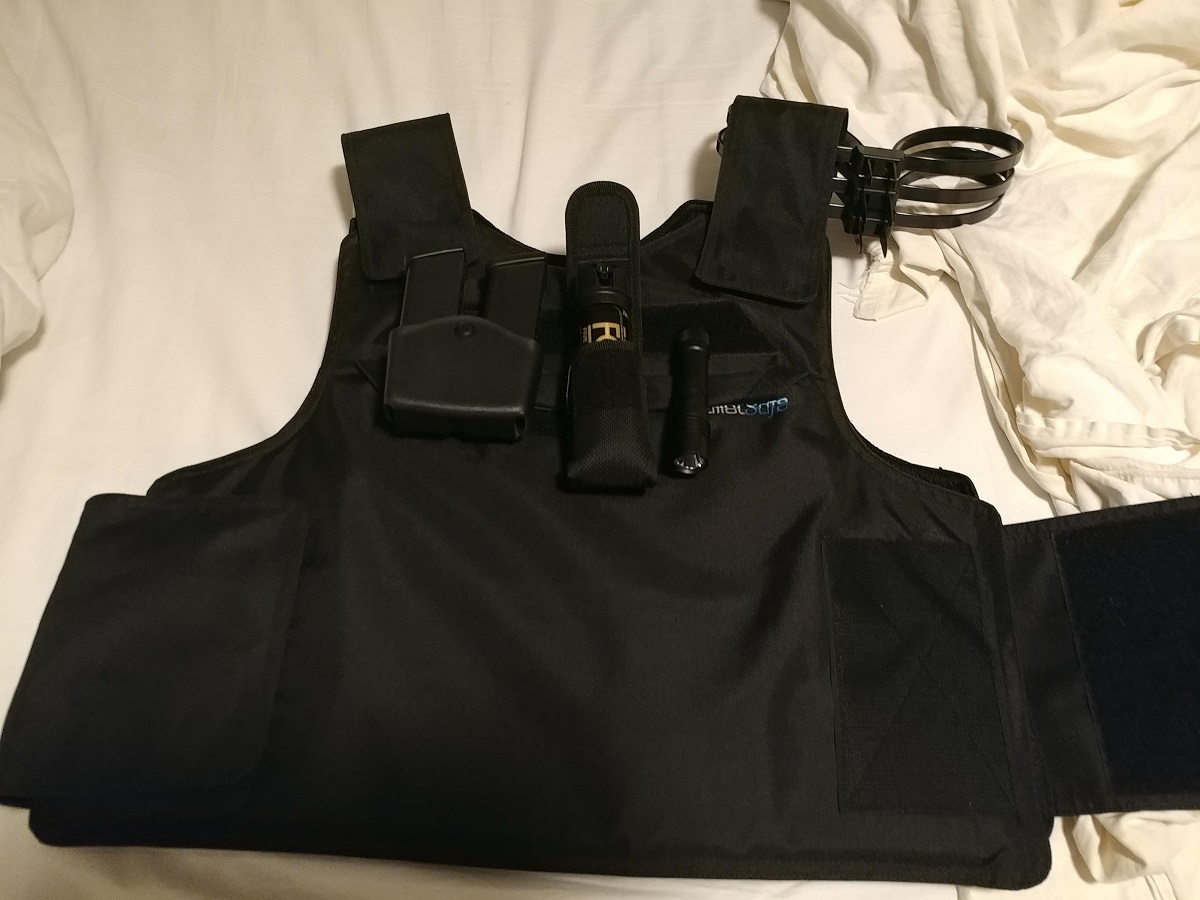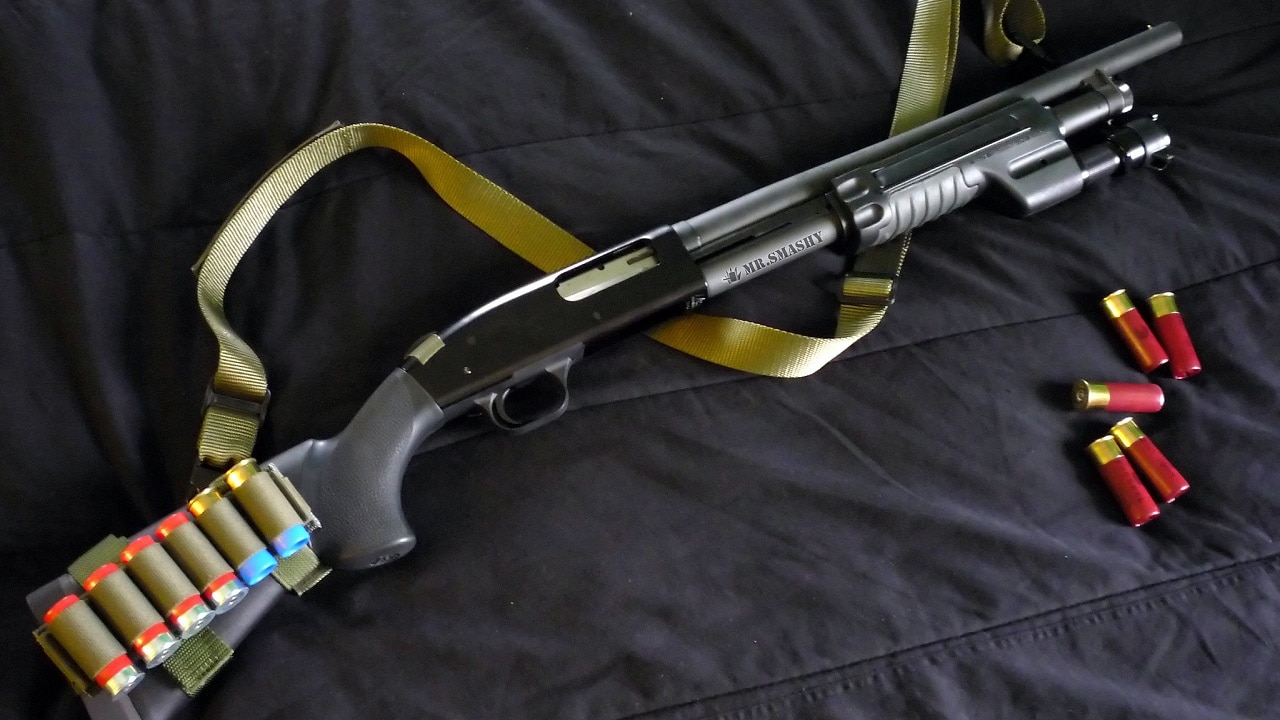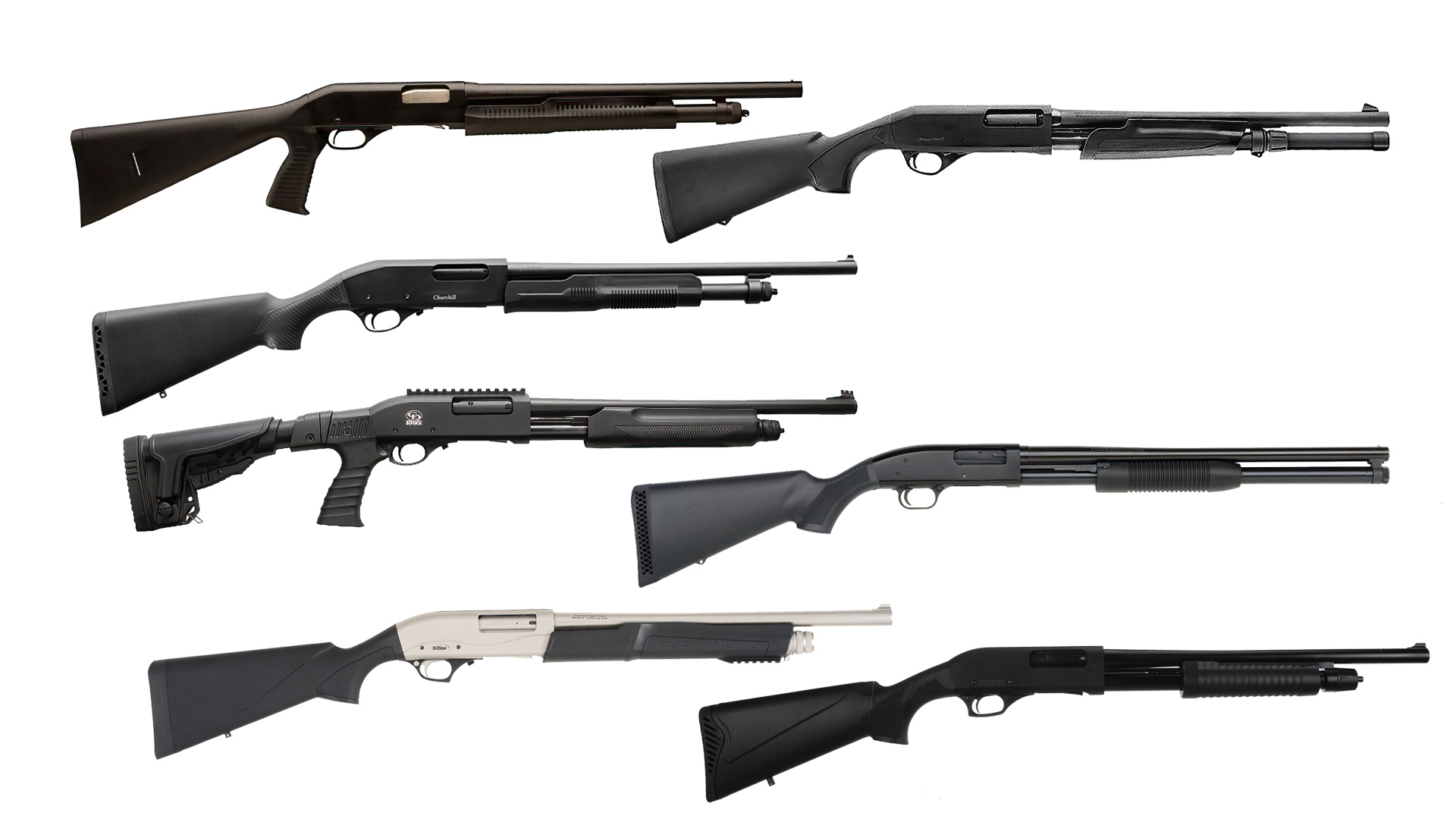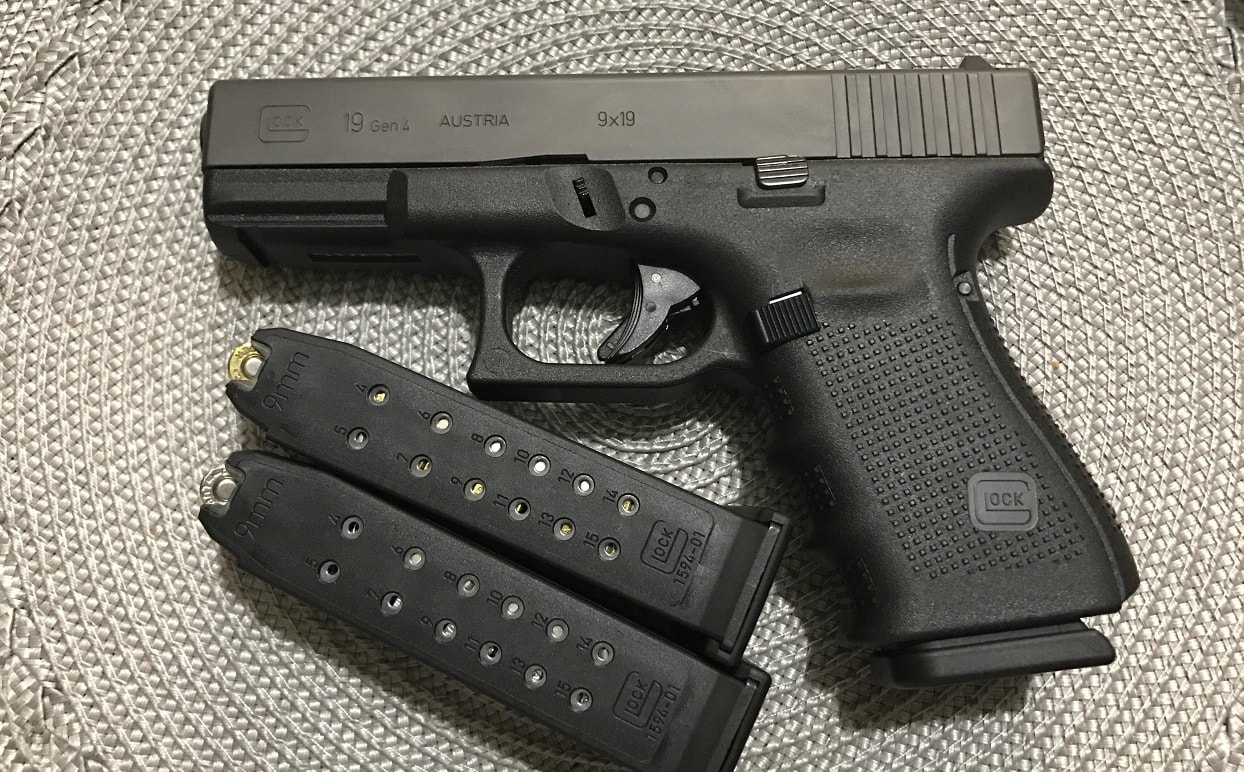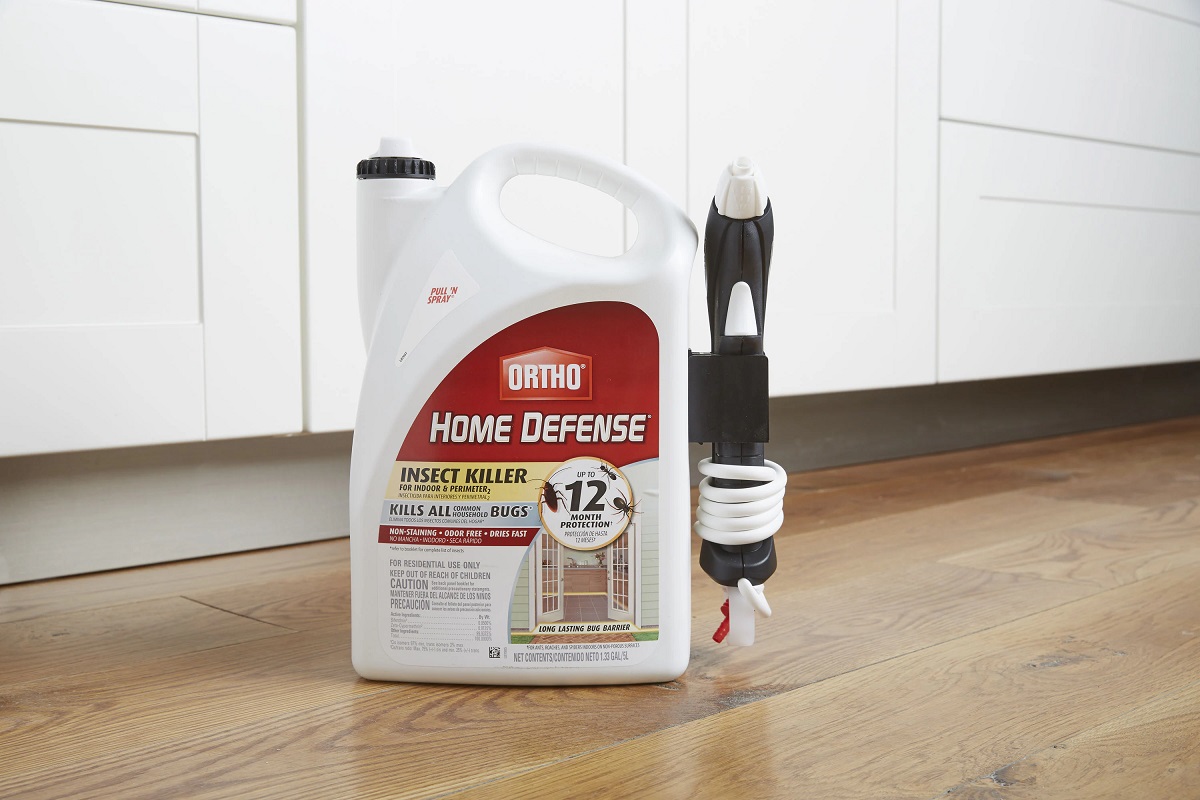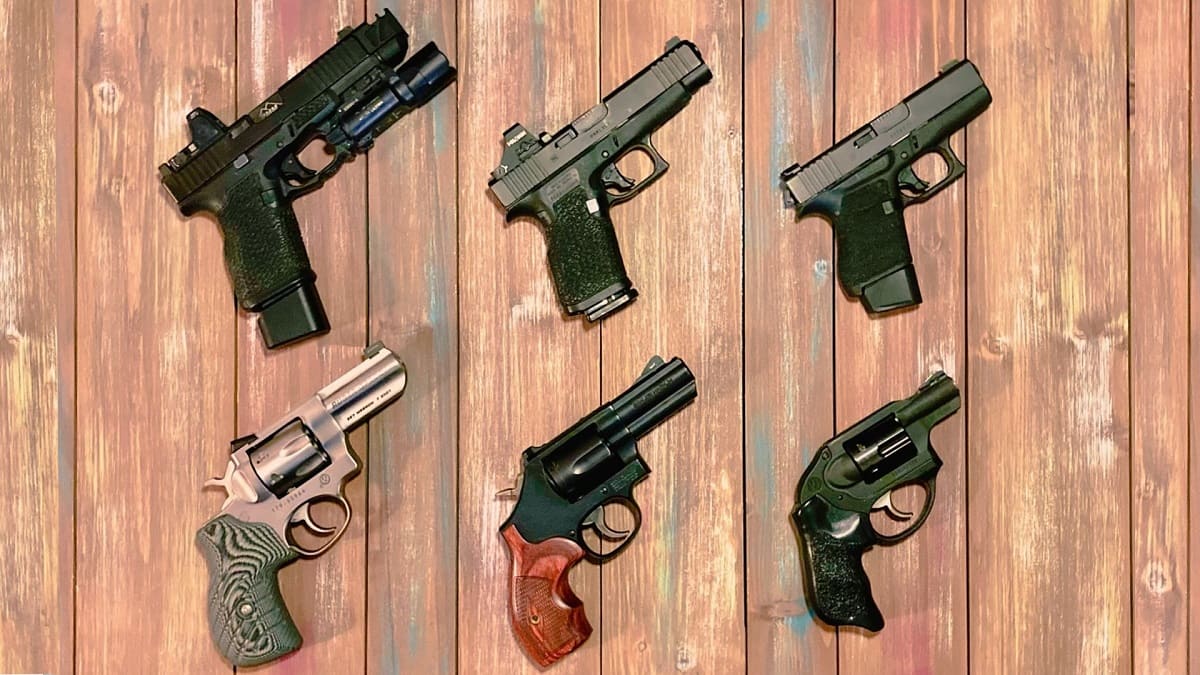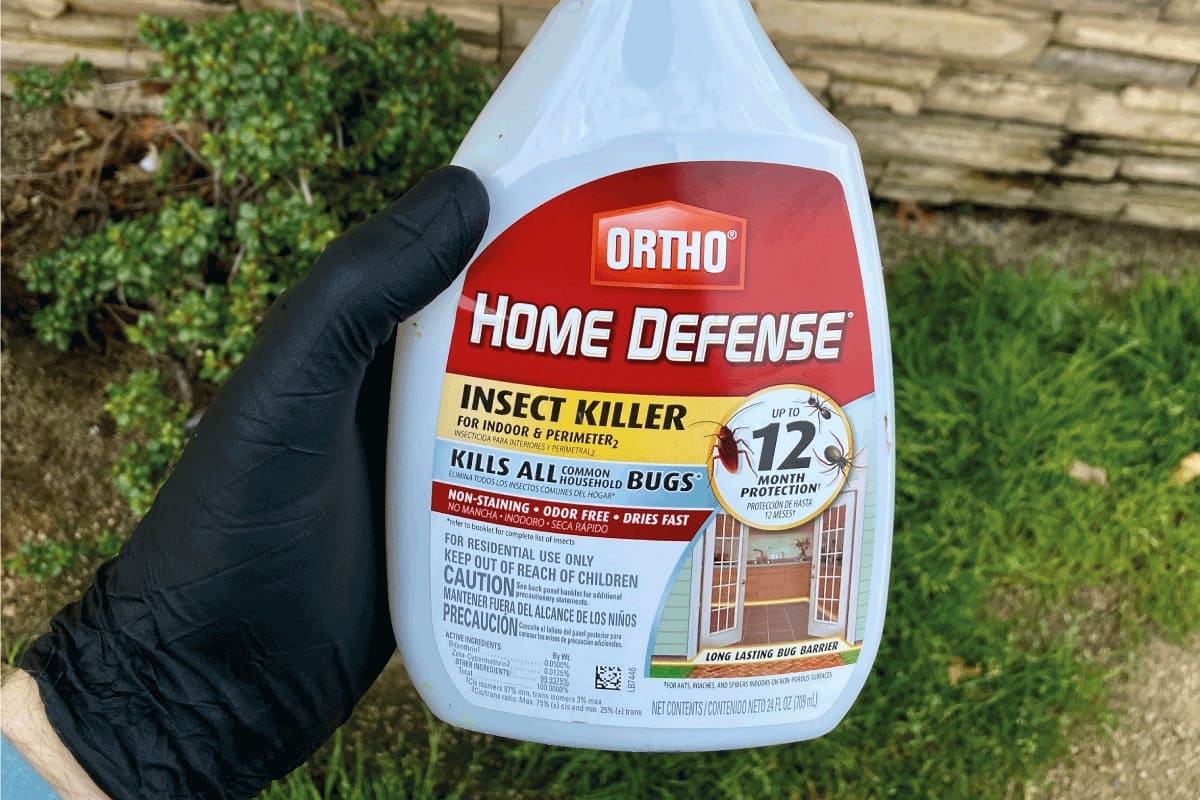Home>Home Security and Surveillance>What Would You Shoot With A .30-30 For Home Defense
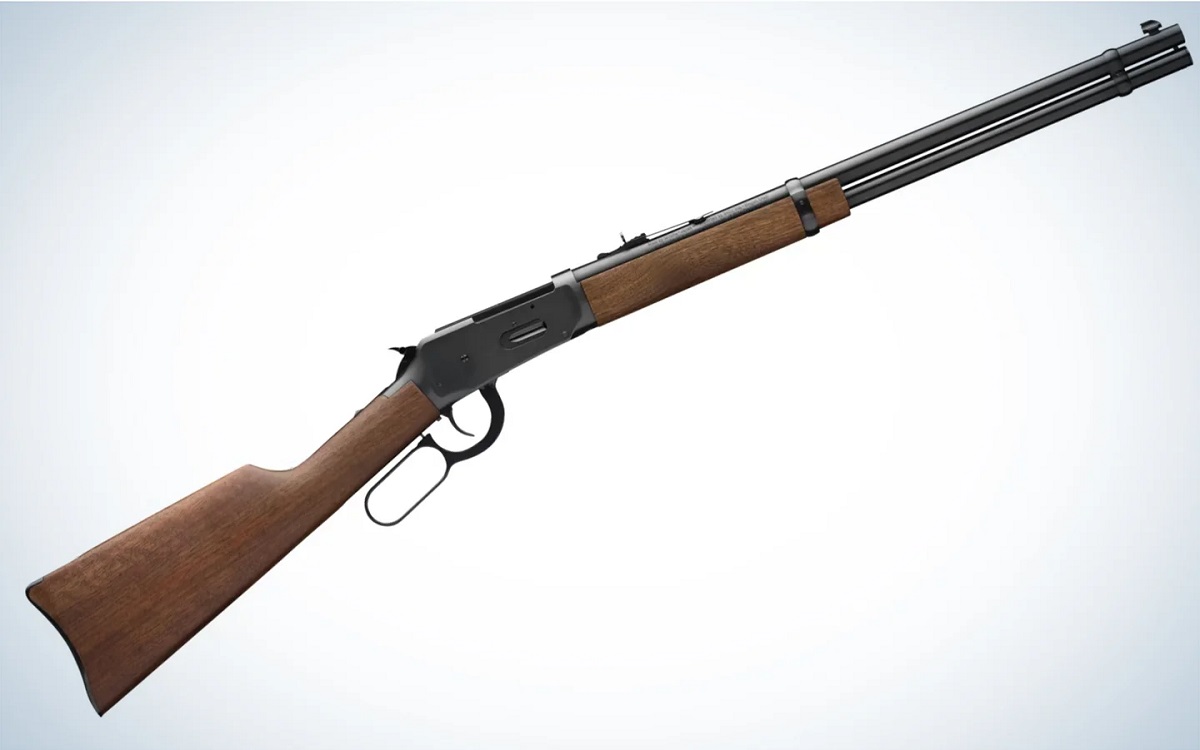

Home Security and Surveillance
What Would You Shoot With A .30-30 For Home Defense
Modified: March 6, 2024
"Discover the effectiveness of using a .30-30 for home defense. Enhance your home security and surveillance with this reliable weapon."
(Many of the links in this article redirect to a specific reviewed product. Your purchase of these products through affiliate links helps to generate commission for Storables.com, at no extra cost. Learn more)
Introduction
When it comes to home defense, choosing the right firearm is of paramount importance. The .30-30 rifle is a popular option that deserves consideration for its effectiveness and versatility. Originally designed for hunting purposes, the .30-30 has found its place in the realm of home security and surveillance.
In this article, we will explore the reasons why the .30-30 rifle can be a suitable choice for home defense. We will also delve into factors to consider, ammunition options, shot placement, and tips on using the .30-30 effectively. However, it’s important to note that while the .30-30 can serve as a reliable tool for self-defense, the decision to use it ultimately depends on your individual circumstances and jurisdictional laws.
Before we dive deeper into the topic, it’s essential to understand what the .30-30 rifle is and its characteristics.
Key Takeaways:
- The .30-30 rifle offers reliable stopping power, maneuverability, and ammunition availability, making it a viable option for home defense. Proper training and ammunition selection are crucial for maximizing its effectiveness.
- While the .30-30 rifle has limitations such as magazine capacity and recoil, it can still be a suitable choice for home defense when considering individual circumstances and thorough training.
Read more: How Far Will A Home Defense Shotgun Shoot
Understanding the .30-30 Rifle
The .30-30 rifle is a lever-action firearm that has stood the test of time. It was introduced by Winchester in 1895 and quickly gained popularity among hunters for its accuracy and reliability. One of the distinctive features of the .30-30 is its cartridge, which is named after its caliber measurement of .30 inches and the standard load weight of 30 grains of powder.
The .30-30 rifle typically has a tubular magazine underneath the barrel, allowing for convenient and quick reloading. It is known for its smooth lever-action mechanism, enabling rapid follow-up shots. The rifle’s design makes it highly maneuverable and easy to handle, which is crucial in home defense scenarios.
In terms of ballistics, the .30-30 rifle offers a balance between power and manageable recoil. It is chambered to fire .30 caliber bullets at moderate velocities, making it ideal for close to mid-range engagements. The effective range of the .30-30 rifle typically falls within 150 to 200 yards, but for home defense, the engagement distances are usually much shorter.
Overall, the .30-30 rifle is renowned for its reliability, ease of use, and reputation for delivering stopping power. However, it’s important to note that firearm selection for home defense should take into account various factors beyond the capabilities of the firearm itself.
Why Consider Using a .30-30 for Home Defense?
Choosing the right firearm for home defense requires careful consideration of numerous factors. So why should you consider using a .30-30 for this purpose? Here are several reasons:
- Stopping Power: The .30-30 cartridge, when fired from a rifle, has sufficient stopping power to incapacitate an intruder. Its energy transfer and penetration capabilities make it a formidable option in close-quarters situations.
- Reliability: The lever-action design of the .30-30 rifle has a long-standing reputation for reliability. It is known for its ability to cycle various types of ammunition without malfunctioning, providing a dependable tool when seconds count.
- Maneuverability: The .30-30 rifle’s compact size and lightweight nature make it highly maneuverable, especially in confined spaces within a home. Its lever-action mechanism allows for quick target acquisition and follow-up shots if necessary.
- Deterrent Effect: The mere sight and sound of a .30-30 rifle can serve as a potent deterrent to would-be intruders. Its iconic design and reputation as a reliable hunting rifle can give homeowners an added sense of security.
- Ammunition Availability: The .30-30 cartridge has been widely available for over a century, making it accessible and ensuring a steady supply for those who choose to use it for home defense.
While the .30-30 rifle possesses numerous advantages for home defense, it is crucial to weigh these considerations against your individual needs and circumstances. Proper training and adherence to legal requirements are essential to ensure the safe and responsible use of any firearm.
Factors to Consider in Home Defense Situations
When evaluating the suitability of a .30-30 rifle for home defense, it is important to consider several key factors that can significantly impact your ability to effectively protect yourself and your family:
- Engagement Range: Consider the layout and size of your home. Typically, home defense scenarios happen at close quarters, with engagement distances often limited to just a few yards. The .30-30 rifle’s effective range is well-suited for these scenarios.
- Penetration and Over-Penetration: Understand the potential for bullet penetration and over-penetration within your home. Since the .30-30 cartridge is a powerful round, it is important to choose the right ammunition that minimizes the risk of bullets passing through walls and endangering innocent individuals.
- Home Defense Plan: Having a well-thought-out home defense plan is crucial. Consider factors such as safe storage, access to the firearm in case of an emergency, and communication with family members to ensure everyone’s safety. Practice drills and discuss contingency plans to be prepared for any situation.
- Legal Considerations: Familiarize yourself with the laws and regulations pertaining to firearms and home defense in your jurisdiction. Ensure that you are in compliance with all requirements, including obtaining the necessary licenses, permits, and understanding the legal use of force to protect yourself and your property.
- Training and Familiarity: Obtain proper training in firearm safety and self-defense techniques specific to home defense scenarios. Regular practice at a shooting range or with a qualified instructor will help you develop the necessary skills and confidence to effectively use the .30-30 rifle if the need arises.
- Potential Collateral Damage: Consider the possibility of unintended consequences or potential collateral damage when using a firearm for home defense. Every shot fired in a home defense situation carries the risk of hitting unintended targets or causing damage to property.
By carefully considering these factors and taking steps to mitigate risks and ensure your preparedness, you can make an informed decision about using a .30-30 rifle for home defense. Remember, proper training, responsible firearm handling, and adherence to legal requirements are paramount.
Ideal Ammunition for Home Defense
Choosing the ideal ammunition is essential when considering the .30-30 rifle for home defense. The right choice of ammunition can significantly impact stopping power, penetration, and the overall safety of your household. Here are key factors to consider:
- Bullet Type: For home defense, it is generally recommended to use expanding hollow point (HP) or soft point (SP) bullets. These bullets are designed to expand upon impact, maximizing energy transfer and reducing the risk of over-penetration. They are more likely to stop the threat quickly while minimizing the risk of harm to unintended targets.
- Projectile Weight: The .30-30 cartridge is commonly available in various projectile weights, typically ranging from 150 to 170 grains. Heavier bullets tend to offer better penetration, while lighter bullets may provide faster expansion. Consider your specific needs and the layout of your home to determine the appropriate projectile weight.
- Reduction of Over-Penetration: It is crucial to select ammunition specifically designed to minimize the risk of over-penetration. This helps prevent bullets from passing through walls or other barriers, potentially endangering family members or neighbors. Look for ammunition that is labeled as “reduced penetration” or specifically designed for home defense.
- Reliability: Ensure that the ammunition you choose is known for its reliability. Reliable ammunition is crucial to ensure proper feeding, functioning, and consistent performance when it matters most. Test different brands and types of ammunition to find the one that functions flawlessly in your rifle.
- Availability and Cost: Consider the availability and cost of the chosen ammunition. It is advisable to select widely available ammunition that you can easily restock should the need arise. Additionally, factor in the cost, as practicing regularly with your chosen ammunition is essential for skill development and confidence.
- Personal Preference: Ultimately, personal preference plays a role in ammunition selection. Attend shooting events, seek advice from experienced shooters, and conduct thorough research to find ammunition that aligns with your specific needs and requirements.
Keep in mind that while selecting the ideal ammunition is crucial, regular practice, familiarity with your chosen ammunition, and understanding its capabilities are equally important. Always follow safe firearm handling practices to mitigate risks and maximize your effectiveness in a home defense situation.
Aim for center mass to stop the threat effectively. Use hollow point or soft point ammunition for better terminal performance and reduced risk of over-penetration.
Shot Placement and Effectiveness with a .30-30
Shot placement is a critical factor in determining the effectiveness of any firearm, including the .30-30 rifle, for home defense. Proper shot placement maximizes the stopping power and ensures the swift incapacitation of a threat. Here are some key points to consider:
- Vital Target Areas: Aim for vital target areas that are likely to incapacitate an intruder quickly. These areas include the upper chest, head, and pelvic region. Striking vital organs and the central nervous system can rapidly neutralize a threat.
- Center Mass: The center mass of the target, also known as the thoracic cavity, is an ideal area to aim for. It includes the heart, lungs, and major blood vessels. Hitting this area can cause severe damage and immediate incapacitation.
- Head Shot Considerations: Aiming for the head can be effective, but it requires a higher level of marksmanship due to the smaller target area. Additionally, head shots have a higher risk of bullet deflection if encountered with hard surfaces or objects, so it is advisable to prioritize center mass shots.
- Shot Placement Practice: Regular practice at the range is crucial to improve shot placement accuracy. Focus on target drills that simulate home defense scenarios, such as shooting from various positions and distances. This helps develop muscle memory and enhances your ability to make precise shots under stress.
- Follow-Up Shots: In a home defense situation, it may be necessary to deliver multiple shots to neutralize a threat. Train to quickly acquire targets and perform rapid follow-up shots. Lever-action rifles like the .30-30 excel in providing fast, repeatable shots with proper technique.
- Accounting for Adrenaline and Stress: Keep in mind that in a real-world home defense situation, adrenaline and stress can affect your accuracy and coordination. Practice shooting under simulated stress to acclimate yourself to these conditions and improve your ability to deliver accurate shots when it matters most.
Remember, shot placement is a skill that requires practice and training. Effective shot placement, coupled with proper ammunition selection, significantly enhances the effectiveness of the .30-30 rifle for home defense.
Tips for Using a .30-30 for Home Defense
Using a .30-30 rifle for home defense requires careful consideration and preparation. Here are some tips to help you utilize the weapon effectively and responsibly:
- Choose the Right Rifle: Select a reliable and well-maintained .30-30 rifle that suits your needs. Ensure that the firearm is properly sighted and familiarize yourself with its operation, including how to load, unload, and safely handle it.
- Practice Regularly: Regular practice at the shooting range is crucial to develop proficiency and build confidence in using the .30-30 rifle. Practice different shooting positions, target acquisition, and rapid follow-up shots to simulate real-world scenarios.
- Secure Your Firearm: Store your rifle securely when it is not in use. Invest in a quality gun safe or locking device to prevent unauthorized access and ensure the safety of your household.
- Consider a Flashlight: Equipping your rifle with a mounted flashlight can be invaluable in low-light or dark home defense situations. This enables you to identify threats and make accurate shots when visibility is limited.
- Know Your Environment: Familiarize yourself with the layout of your home. Identify potential entry points, safe areas for family members, and potential objects or structures that can offer effective cover in case of a threat.
- Communicate and Coordinate: Establish clear communication and coordination procedures with your family members to ensure everyone’s safety in case of a home defense situation. Develop a plan to alert family members, and designate safe areas or escape routes if necessary.
- Call for Help: When possible, contact emergency services as soon as it is safe to do so. Inform them of your situation and provide them with the necessary information to aid in resolving the situation.
- Maintain Situational Awareness: Stay alert and maintain situational awareness during a home defense situation. Continuously assess the threat level and be prepared to react to any changes or new developments.
- Know the Laws: Familiarize yourself with the laws and regulations regarding the use of firearms for self-defense in your jurisdiction. Understand your rights and responsibilities to ensure you act within the boundaries of the law.
- Seek Professional Advice: Consider seeking advice from professionals such as firearms instructors or home security experts. They can provide personalized guidance and help you develop the necessary skills and knowledge for effective home defense.
Remember, responsibility and safety are paramount when using a .30-30 rifle for home defense. Continual training and preparation will increase your chances of effectively defending yourself and your loved ones should the need arise.
Potential Limitations of Using a .30-30 for Home Defense
While the .30-30 rifle can be a viable option for home defense, it’s important to consider some potential limitations that could affect its suitability for your specific situation:
- Limited Magazine Capacity: The tubular magazine design of most .30-30 rifles typically holds only a few rounds, usually between 5 to 7. This limited capacity may require more frequent reloading during a home defense scenario, potentially impacting your response time.
- Short Effective Range: The effective range of the .30-30 rifle is generally limited to around 150 to 200 yards. While this is sufficient for most home defense situations, it may be inadequate for defending larger properties with long sightlines.
- Recoil and Follow-Up Shots: The .30-30 cartridge produces moderate recoil, which can affect follow-up shot accuracy, especially under stressful situations. Proper training and practice can help mitigate this limitation, but it is important to be aware of its potential impact.
- Limited Ammunition Selection: Compared to more modern firearms, the .30-30 rifle has a more limited variety of ammunition available, especially when it comes to specialized loads optimized for self-defense purposes. However, there are still suitable options available, such as hollow point or soft point bullets.
- Ballistic Performance: While the .30-30 cartridge has proven effective over the years, its ballistic performance may be outmatched by some modern rifle cartridges. The .30-30 is designed primarily for medium-range engagements, so its energy and bullet velocity may decrease at longer distances.
- Limited Accessory Compatibility: Compared to more modern rifles, the accessory compatibility for the .30-30 may be limited. Mounting optics, such as red dot sights or scopes, may require specific aftermarket solutions or modifications to the rifle.
- Limitations of Lever-Action Design: While the lever-action design of the .30-30 rifle offers several advantages, such as quick follow-up shots, it also requires manual manipulation of the lever for each shot. This can potentially slow down your rate of fire compared to semi-automatic rifles.
- Local Laws and Regulations: Regulations regarding the use of firearms for self-defense can vary from one jurisdiction to another. It is essential to familiarize yourself with local laws and regulations governing firearm use and self-defense to ensure your actions remain within legal boundaries.
Understanding these limitations will help you make an informed decision when considering a .30-30 rifle for home defense. Assess your own needs, evaluate your environment, and consider potential alternatives or supplemental options that may address any specific concerns you may have.
Conclusion
Choosing the right firearm for home defense is a crucial decision that requires careful consideration. The .30-30 rifle, with its long-standing reputation for reliability and stopping power, can be a viable option in this regard. However, it’s important to weigh the advantages and limitations of using a .30-30 rifle for home defense and evaluate them in the context of your individual circumstances.
The .30-30 rifle offers several key advantages, including its stopping power, reliability, maneuverability, and the availability of ammunition. Its effectiveness can be further enhanced through proper shot placement, regular training, and the use of suitable ammunition designed to minimize over-penetration.
However, there are also potential limitations to consider, such as limited magazine capacity, shorter effective range, and recoil that may affect follow-up shots. It’s important to be aware of these limitations and assess how they align with your specific home defense needs and environment.
Ultimately, the decision to use a .30-30 rifle for home defense should be based on a thorough evaluation of your personal circumstances, local laws, and regulations. Seek guidance from professionals and undergo the necessary training to handle the firearm responsibly and effectively.
Remember, home defense goes beyond choosing the right firearm. Developing a comprehensive home defense plan, maintaining situational awareness, and effective communication with your family members are equally important. Regular practice, adherence to legal requirements, and responsible firearm storage are essential components of ensuring the safety and security of your household.
By considering all these factors and making informed choices, you can determine whether a .30-30 rifle is the right firearm for your home defense needs. Prioritize safety, responsible firearm use, and continuous training to protect yourself and your loved ones effectively.
Frequently Asked Questions about What Would You Shoot With A .30-30 For Home Defense
Was this page helpful?
At Storables.com, we guarantee accurate and reliable information. Our content, validated by Expert Board Contributors, is crafted following stringent Editorial Policies. We're committed to providing you with well-researched, expert-backed insights for all your informational needs.
